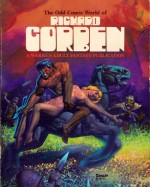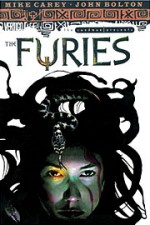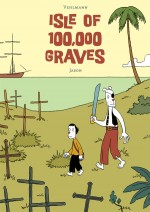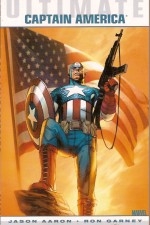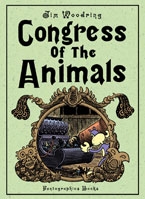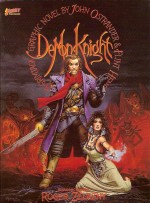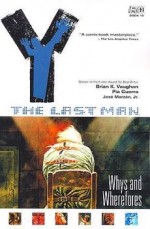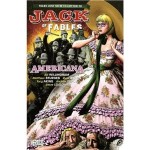
By Shary Flenniken (Shary Flenniken)
No ISBN
I’m feeling nostalgic, thirsty and in need of a laugh all at once so here’s an intriguing self-published gem from the mid-1970s whose theme and subject matter seems to be coming back into vogue as the days seep by…
Do you remember that sweet pretty girl you admired and day-dreamed about from afar? All glowing soft focus summer afternoons and sherbet refreshers, scents of new-mown hay, tinkly bells and soaring strings? And after a lifetime you found the courage to talk to her and she swore like a trooper, cackled like a loon, pulled your hair and was all loud and boisterous and not at all serious and girly and your heart broke just a little?
Shary Flenniken’s sense of humour is like that. With her affable, underplayed, deceptively simple line drawing style (so devastating effective in the glorious Girl and her Talking Dog strip Trots and Bonnie) everything looks clean and sugary and chocolate-coated, but then you realise there’s a devastatingly sharp mind and a tungsten-tipped razor-edged scalpel sense of humour at play as you’re hit with a really spiky and heavy giant pink boxing glove…
Flenniken is a scripter/artist/editor/illustrator/screenwriter of enormous talent who contributed to and edited the funniest years of National Lampoon, has published her own books – such as the slim gem under review today – and has illustrated some of the funniest books even written by other people, with titles such as When a Man Loves a Walnut, Blood-Lust Chickens & Renegade Sheep and Nice Guys Sleep Alone.
She started out as an underground cartoonist in 1971 with the fabulously notorious Air Pirates Collective (the other bold cartoonists taking on Disney whilst preserving the classic heritage of past cartoon masters and waving the flag for free speech and the Right to Parody and Satirise were Dan O’Neill, Bobby London, Gary Hallgren and Ted Richards).
Her own drawing style is often likened to pioneering strip artists Clare Briggs (When a Feller Needs a Friend!!, Danny Dreamer, The Days of Real Sport, Mr. and Mrs, Real Folks at Home, Someone’s Always Taking the Joy Out of Life) and the laconically mordant master Harold Tucker Webster (Our Boyhood Ambitions, How to Torture Your Wife, Life’s Darkest Moment, How to Torture Your Husband and the legendary Caspar Milquetoast/The Timid Soul) – especially in the long-running(1971-1990) and aforementioned sardonic comedy masterpiece Trots and Bonnie which I simply must get around to…
In recent years Flenniken has edited Seattle Laughs: Comic Stories about Seattle and worked for DC’s Paradox Press and Mad, freelanced in Premiere, Details and The American Lawyer whilst winning critical acclaim for her adaptations of the works of Mark Twain, O. Henry and others.
Drought Chic was self-published in 1977, and this tiny tidal wave of crafty cartoons and satisfyingly salty asides resulted from close observation and experience of the global heat-wave (can you remember that Long Hot Summer of Punk in the UK?) and the perennial water paucity of America’s West Coast; extrapolating on the sage advice offered by those in power as the country all-too briefly saw the (fashionably faddy) sense in dabbling with water discipline.
Suggestions to the trend-setters of society riffed-on here include “share baths and showersâ€, “don’t flush toiletsâ€, “import icebergsâ€, “replant your lawn with cactus†and “drink something elseâ€â€¦ directives I’m fairly sure we’ll all be considering again in the months and years ahead.
Of course here in Britain we’ve already taken the most effective step to conserve water consumption by selling off the water utility, privatising a natural resource and pricing it out of the reach of ordinary folk…
Still, if you’re saving a little time and money as a new member of the Great Unwashed at least you can spend your grubby free hours seeking out this wry, dry and slyly sophisticated soupcon of delightful disinformation.
© 1977 Shary Flenniken. All rights reserved.

